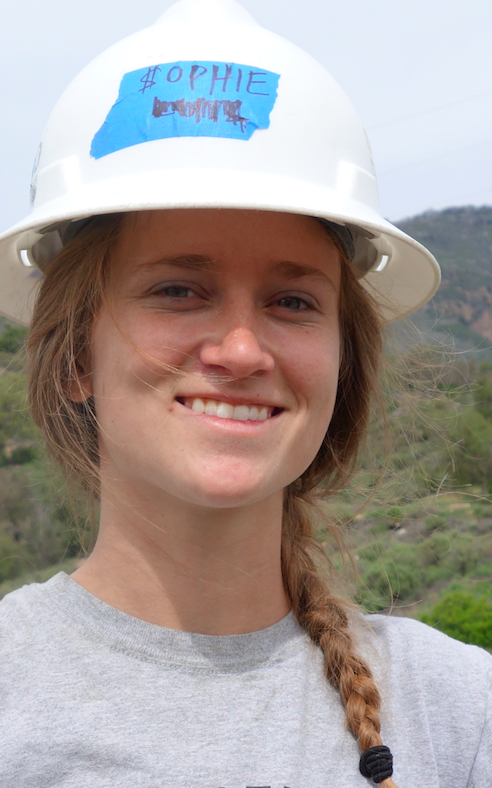For many students in America, Spring Break is a time for revelry and abandon. This year 27 students from University of Michigan and Arizona State University bucked this trend and instead chose to spend their week of vacation bringing solar power to six Native American families.
“I’ve learned so much about the theory of these things in school but it’s really nice to be able to get hands on experience,” says University of Michigan Environmental Studies student, Sophie Lutz. “Not only have we learned about the technology of solar and seen how it all comes together on a literal level, we have also had the opportunity to help families, it’s been even better than I’d expected.”
This sincere passion and drive to learn is something every Solar Spring Breaker seems to possess. Each student has their own reasons for making the journey, but they all share the same energetic work ethic.
Louis Finazzo from University of Michigan hopes to set himself apart from his fellow Energy Policy students. “I don’t want to go into policy writing without a literal understanding of the process of solar installation,” says Mr. Finazzo. “Honestly this week has made me even more passionate about sustainability.”
Many students have come to Solar Spring Break because it offers them an experience that their schools simply can’t provide. A group of Solar Engineering students from Arizona State University all marveled at the sheer physicality of what they were achieving.

“You learn all of these techniques in books, but getting to put them into action and use the components instead of just learning their names is great — I would absolutely come and do this again,” says Rajaswit Das.
For some students this is already their second Spring Break. Noor Ahmed from University of Michigan knew she wanted to return after last year’s experience.
“I loved the install — but I also loved meeting the residents of the houses we were working on,” explains Ms. Ahmed. She motions to a necklace she made with one of last year’s homeowners “I wear this everyday, it was a really precious experience for me.”
Students spent most of their time on the worksite, they also got to learn about the cultures of the reservations on which they were working.
“I chose to study solar because I want to be part of the solution,” says David Auslender of Arizona State University. “I want to benefit society as a whole, not just myself. Seeing how the GRID Alternatives‘team works together to get things done efficiently and effectively has been just as invaluable as getting to actually use all the tools.”
These are the environmental leaders of tomorrow — who took a break to get hands on experience, as well a broader cultural understanding of native Americans and how solar power can improve lives and sustain the planet.
See more photos from Solar Spring Break 2016.

